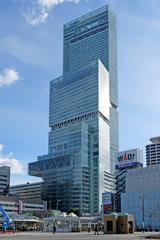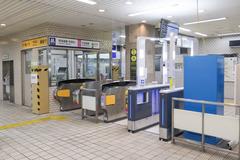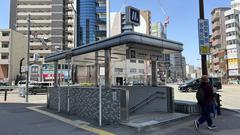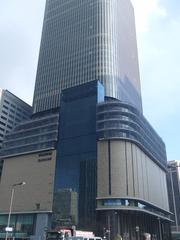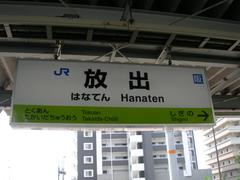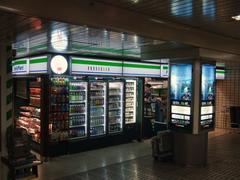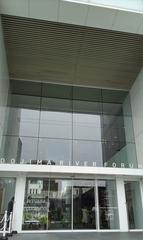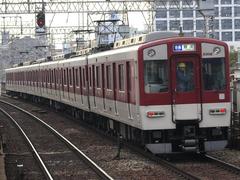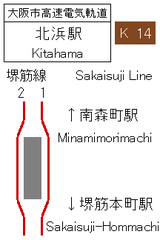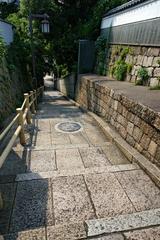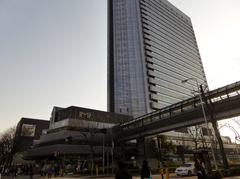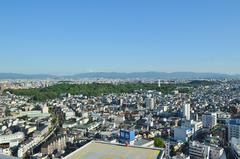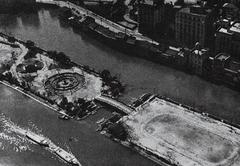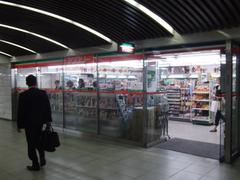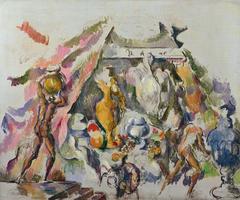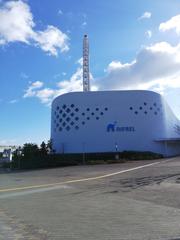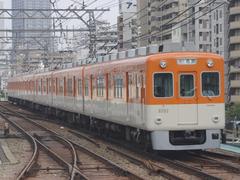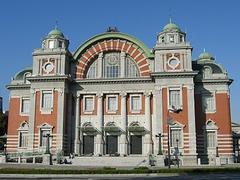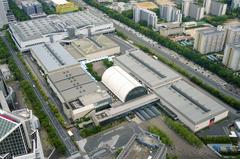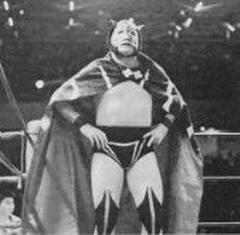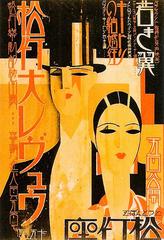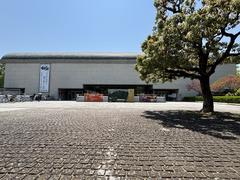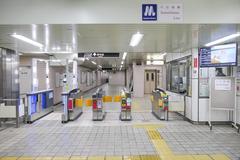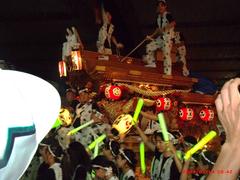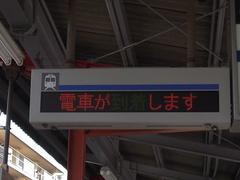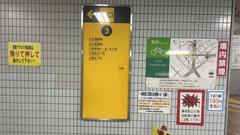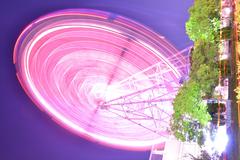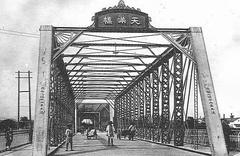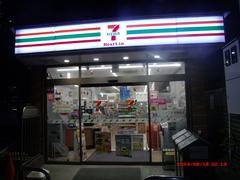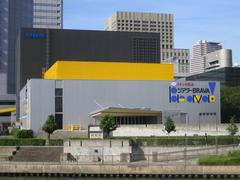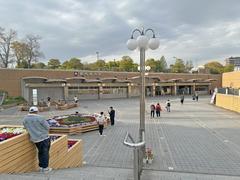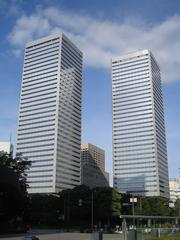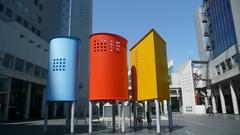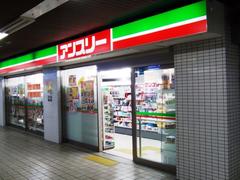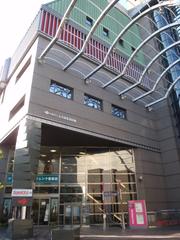Comprehensive Guide to Visiting Mizukake Fudoson, Osaka-shi, Japan
Date: 19/07/2024
Introduction
Exploring the rich tapestry of Osaka, Japan, one cannot overlook the profound historical and cultural significance of 水掛不動尊 (Mizukake Fudou). Nestled in the vibrant district of Namba, this revered Buddhist temple offers visitors a serene escape from the bustling city life. Established during the Edo period, Mizukake Fudou is dedicated to Fudō Myō-ō, one of the Five Wisdom Kings in Japanese Buddhism, known for his fierce expression and role as a protector of the Buddhist faith. The temple’s unique water-splashing ritual, where visitors pour water over the statue of Fudō Myō-ō, underscores the deep-rooted belief in the purifying properties of water, a concept integral to both Japanese culture and Shinto practices. With no entrance fee and open daily from 6 AM to 6 PM, Mizukake Fudou is an accessible and enriching destination for both locals and tourists (Osaka Tourism).
Table of Contents
- Introduction
- History and Significance of 水掛不動尊 (Mizukake Fudou)
- Architectural Features
- Religious Practices and Festivals
- Modern-Day Relevance
- Visitor Information
- Travel Tips
- Nearby Attractions
- Local Cuisine
- Conclusion
- FAQ
History and Significance of 水掛不動尊 (Mizukake Fudou)
Historical Background
水掛不動尊 (Mizukake Fudou), located in Osaka-shi, Japan, is a revered Buddhist site with a rich history dating back to the Edo period. The temple is dedicated to Fudō Myō-ō, one of the Five Wisdom Kings in Japanese Buddhism, known for his fierce expression and role as a protector of the Buddhist faith. The name “Mizukake” translates to “water-splashing,” which is a significant ritual performed by visitors.
The origins of Mizukake Fudou can be traced to the early 17th century when it was established as a place of worship. The temple’s location in Osaka, a city known for its vibrant culture and historical significance, has made it a focal point for both religious and cultural activities. Over the centuries, Mizukake Fudou has undergone various renovations and restorations, preserving its historical essence while adapting to the changing times.
Cultural Significance
Mizukake Fudou holds a special place in the hearts of the local community and visitors alike. The temple is renowned for its unique ritual of splashing water on the statue of Fudō Myō-ō. This practice is believed to purify the soul, bring good fortune, and fulfill wishes. The ritual’s origins are rooted in the belief that water has purifying properties, a concept deeply embedded in Japanese culture and Shinto practices.
The temple is also a testament to the syncretism of Shinto and Buddhist traditions in Japan. The presence of Shinto elements within the temple grounds highlights the harmonious coexistence of these two religious practices. This blend of traditions is a reflection of Japan’s historical and cultural evolution, where religious practices have often intertwined and influenced each other.
Architectural Features
Mizukake Fudou’s architecture is a blend of traditional Japanese temple design and Edo-period aesthetics. The main hall, where the statue of Fudō Myō-ō is enshrined, features intricate woodwork and traditional roofing. The temple grounds are adorned with stone lanterns, torii gates, and lush gardens, creating a serene and contemplative atmosphere.
One of the most striking features of Mizukake Fudou is the statue of Fudō Myō-ō itself. The statue, often depicted with a fierce expression, holds a sword in one hand and a rope in the other, symbolizing the cutting of ignorance and the binding of evil. The statue’s placement within the temple and the surrounding water basins facilitate the water-splashing ritual, making it an interactive and engaging experience for visitors.
Religious Practices and Festivals
Mizukake Ritual
The most distinctive practice at Mizukake Fudou is the Mizukake ritual. Visitors draw water from a nearby well and pour it over the statue of Fudō Myō-ō while making a wish or offering a prayer. This act symbolizes purification and the washing away of impurities and obstacles. The ritual is deeply rooted in the belief that water has purifying properties and can cleanse both the body and spirit.
Fudō Myō-ō Festival
One of the most significant events at Mizukake Fudou is the annual Fudō Myō-ō Festival, held in January. The festival includes various ceremonies, traditional performances, and a procession. Devotees gather to participate in the rituals and seek blessings for the coming year. The festival is a vibrant display of Japanese religious and cultural traditions, attracting both locals and tourists.
Modern-Day Relevance
In contemporary times, Mizukake Fudou continues to be a place of spiritual solace and cultural significance. The temple’s accessibility and location in the bustling city of Osaka make it a popular destination for both domestic and international tourists. Visitors are drawn not only by the temple’s historical and religious significance but also by the unique experience of participating in the water-splashing ritual.
The temple’s role in the community extends beyond religious practices. It serves as a cultural hub, hosting events, workshops, and exhibitions that promote traditional Japanese arts and crafts. This engagement with the community helps preserve and promote Japan’s cultural heritage, making Mizukake Fudou a living testament to the country’s rich history and traditions.
Visitor Information
- Opening Hours: Mizukake Fudou is open daily from 6 AM to 6 PM.
- Ticket Prices: Entry is free, but donations are appreciated.
- Accessibility: The temple is wheelchair accessible, with ramps and accessible restrooms available.
Travel Tips
Best Time to Visit
The best time to visit Mizukake Fudou is during the spring (March to May) and autumn (September to November) seasons. During these periods, the weather is mild and pleasant, making it ideal for exploring the temple and its surroundings. The cherry blossoms in spring and the vibrant autumn foliage add a picturesque backdrop to your visit.
Getting There
Mizukake Fudou is conveniently located in the bustling district of Namba in Osaka. The temple is easily accessible by public transportation. The nearest subway station is Namba Station, which is served by multiple lines, including the Midosuji Line, Yotsubashi Line, and Sennichimae Line. From Namba Station, it is a short 5-minute walk to the temple. For those traveling by bus, several routes stop near the temple, making it a convenient destination for both locals and tourists.
Rituals and Etiquette
Visitors are encouraged to participate in the water-splashing ritual. Buckets and ladles are provided for this purpose. It is customary to make a small donation before performing the ritual. Visitors should approach the statue respectfully, pour water gently, and take a moment to offer their prayers.
Photography
Photography is generally allowed at Mizukake Fudou, but visitors should be mindful of their surroundings and avoid disrupting others who are praying or participating in rituals. It is advisable to ask for permission before taking photos of individuals or specific ceremonies. Flash photography is discouraged to maintain the serene atmosphere of the temple.
Nearby Attractions
Dotonbori
Located just a short walk from Mizukake Fudou, Dotonbori is one of Osaka’s most famous entertainment districts. Known for its vibrant nightlife, neon lights, and delicious street food, Dotonbori offers a stark contrast to the serene atmosphere of the temple. Visitors can enjoy a variety of local delicacies, such as takoyaki (octopus balls) and okonomiyaki (savory pancakes), while exploring the bustling streets (Dotonbori).
Shinsaibashi Shopping Arcade
Another nearby attraction is Shinsaibashi, a popular shopping district featuring a mix of high-end boutiques, department stores, and local shops. The Shinsaibashi-suji Shopping Street is a covered arcade that stretches for over 600 meters, offering a wide range of products from fashion to souvenirs. It is an ideal place for visitors to indulge in some retail therapy after a peaceful visit to Mizukake Fudou (Shinsaibashi).
Kuromon Ichiba Market
Known as “Osaka’s Kitchen,” Kuromon Ichiba Market is a haven for food lovers, offering fresh seafood, produce, and street food. It is a 10-minute walk from Mizukake Fudou. Visitors can explore the market to sample local delicacies and experience the lively atmosphere of this traditional market (Kuromon Ichiba Market).
Local Cuisine
After visiting Mizukake Fudou, tourists can indulge in the local cuisine. Osaka is renowned for its street food, and nearby Dotonbori offers a variety of options such as takoyaki (octopus balls), okonomiyaki (savory pancakes), and kushikatsu (deep-fried skewers). These culinary delights provide a perfect end to a day of cultural exploration.
Conclusion
In summary, a visit to 水掛不動尊 (Mizukake Fudou) offers a unique blend of spiritual enrichment, historical insight, and cultural immersion. From participating in the water-splashing ritual to exploring the architectural beauty of the temple, visitors can engage in practices that have been preserved through centuries. The temple’s role as a cultural hub, hosting various events and workshops, further emphasizes its significance in contemporary society. Located conveniently in Osaka’s Namba district, Mizukake Fudou is surrounded by a plethora of attractions such as Dotonbori, Shinsaibashi Shopping Arcade, and Kuromon Ichiba Market, making it a perfect addition to any travel itinerary. Embrace the tranquility and historical depth of Mizukake Fudou, and experience a facet of Japan’s spiritual and cultural heritage (Dotonbori, Shinsaibashi, Kuromon Ichiba Market).
FAQ
What are Mizukake Fudou’s visiting hours?
Mizukake Fudou is open daily from 6 AM to 6 PM.
Is there an entrance fee to visit Mizukake Fudou?
No, entry is free, but donations are welcome.
References
- ‘Visiting Mizukake Fudou in Osaka - History, Rituals, and Visitor Tips’, 2024, Osaka Tourism
- ‘Visiting 水掛不動尊 - Tips, Rituals, and Nearby Attractions in Osaka’, 2024, Japan Guide
